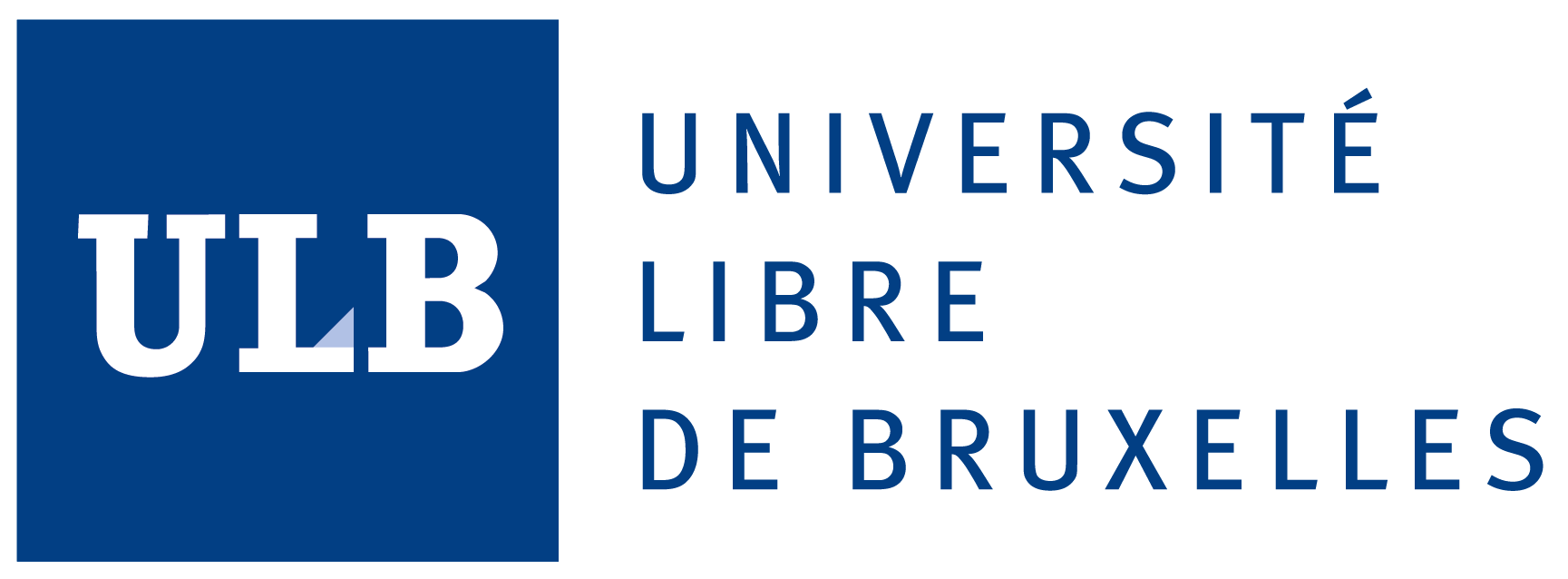Service d'Automatique et d'Analyse des Systèmes
Department of Control Engineering and System Analysis
Brussels School of Engineering

CAT AVIATOR: Control of an Autonomous Tethered Aerial Vehicle for Inspection Applications with Tele-Operation Requirements
Contact: Emanuele GARONE
This project introduces a new class of Unmanned Aerial Vehicle (UAV) featuring a connection to a ground station by means of a tethered cable. The advantage of this architecture is that the physical link can be used to exchange energy, forces and information between the drone and the ground station. This would enhance the performance of existing UAVs in terms of flight endurance, ability to deal with disturbances (e.g. wind gusts) and computational capabilities, thus enabling the use of these robots in a variety of new operational scenarios such as continuous surveillance, infrastructure inspection and maintenance. The main objective of the project is the development of suitable control strategies for the employment of the envisioned UAV in real-world contexts. This will imply the design of algorithms able not only to ensure a correct dynamic behavior, but also capable of properly managing robot environment and human-robot interactions.
To this end, the scientific research will be carried out along three interconnected directions, each representing one layer of the guidance navigation-control paradigm. The main research challenge for the control layer will concern the dynamic modeling and control of a UAV attached to a cable. The algorithms must ensure stability and a good dynamic behavior of the UAV in presence of interactions with the environment. As for the navigation layer, our work will require the development of algorithms able to ensure basic awareness of the surrounding environment and provide obstacle avoidance mechanisms for the UAV and the cable. Finally, at the guidance level, we shall employ bilateral teleoperation strategies as a way to enable the system to perform complex tasks requiring human supervision with force feedback. The advantages of the proposed architecture as well as the effectiveness of the developed algorithms will be employed in various tasks in real-world environments.
